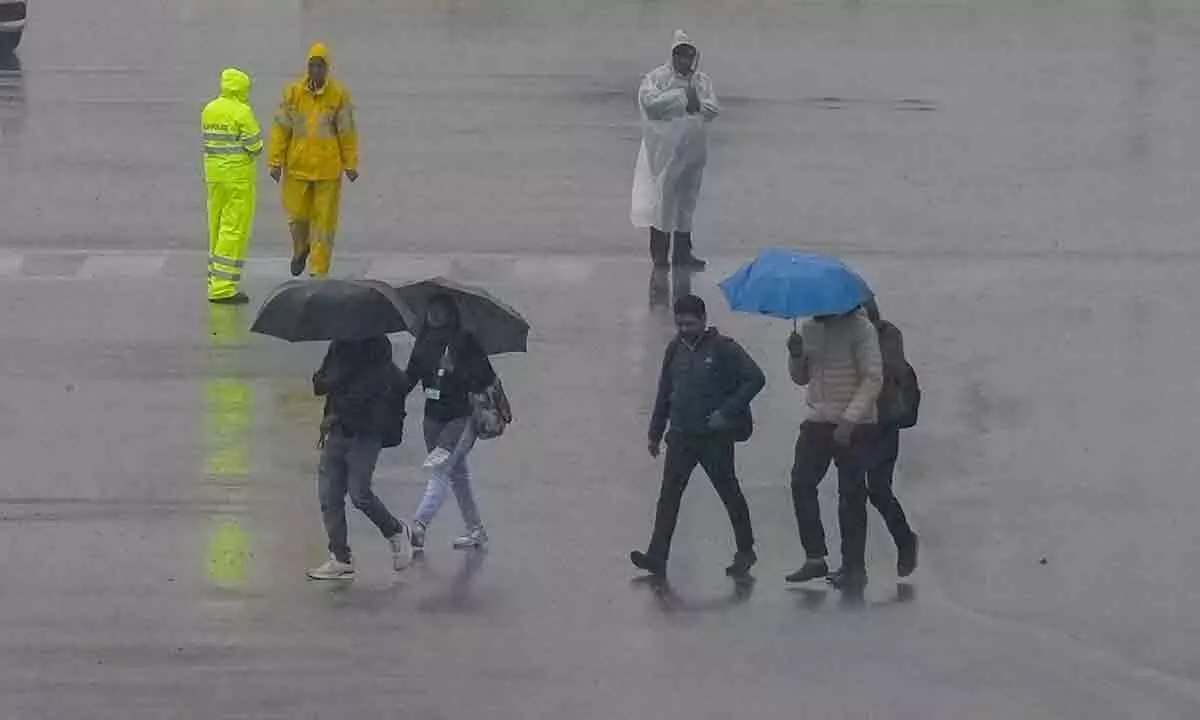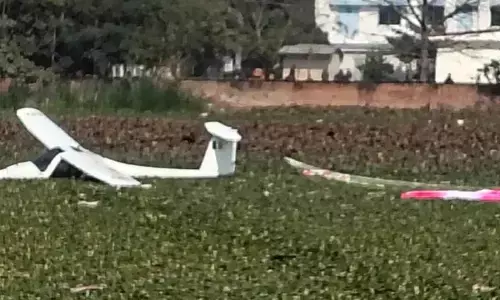Scientists decode reasons behind cold wave conditions

A cold wave event is identified from the normalised minimum temperature anomaly, when the standard deviation is less than minus 1 for four or more consecutive days
New Delhi : The ongoing cold wave conditions observed over North India result from the intrusion of cold and dry air from the Siberian high, according to a study by researchers at IISER Mohali.
The Siberian High is a massive collection of cold dry air that accumulates in the northeastern part of Eurasia from November until February. The study, published in the journal Weather and Climate Extremes, sheds light on the underlying causes and alarming trends behind the frigid conditions.
The research, led by Professor Raju Attada from Indian Institute of Science Education and Research (IISER Mohali), unveils crucial insights into the factors driving extreme winter temperatures.
A cold wave event is identified from the normalised minimum temperature anomaly, when the standard deviation is less than minus 1 for four or more consecutive days. A severe cold wave event is identified from the normalised minimum temperature anomaly, when the standard deviation is less than minus 2 for four or more consecutive days.
Delhi and other northern parts experienced severe cold on Wednesday as many areas of the region received rainfall and snow.
In Delhi, the maximum temperature was 18.6 degrees Celsius, four notches below the season’s average, and minimum stood at 7.3 degrees Celsius, a notch below the normal, according to the India Meteorological Department (IMD). The study attributed the ongoing cold wave to the intrusion of cold and dry air from the Siberian high, intensified by the persistence of high-latitude weather systems known as ‘Atmospheric blocking.’
This atmospheric phenomenon leads to the buildup of cold air, causing extreme cold conditions in northern India, the researchers said.
The team, including K.S. Athira at IISER Mohali and V. Brahmanada Rao from the National Institute for Space Research, Brazil, also noted that the winter atmospheric blocking this year has intensified cold waves and prolonged their persistence from the end of December to January.

















